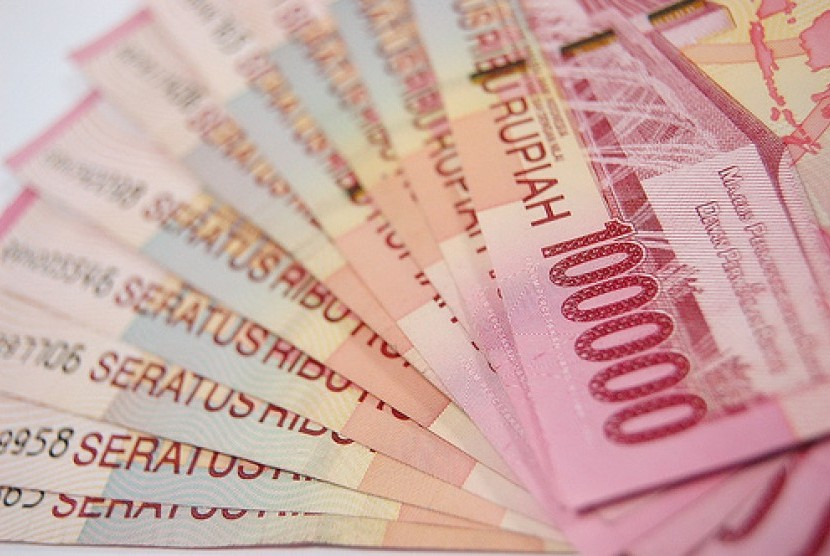These things caused Indonesia's foreign debt to decline in the end of 2021

Indonesia's foreign debt in the fourth quarter of 2021 decreased. Indonesia's debt position at the end of the fourth quarter of 2021 was recorded at 415.1 billion US dollars, down from the external debt position in the previous quarter of 424.0 billion US dollars.
This development was caused by a decrease in the debt position of the public sector (Government and Central Bank) and the private sector. On an annual basis, the debt position in the fourth quarter of 2021 contracted 0.4%, after growing 3.8% in the previous quarter.
Bank Indonesia reported on Tuesday (15 February), government debt in the fourth quarter of 2021 decreased compared to the previous quarter. The position of government debt in the fourth quarter of 2021 was USD 200.2 billion, a decrease from the position in the previous quarter of USD 205.5 billion.
Executive Director of the Communications Department of Bank Indonesia, Erwin Haryono, said this caused government debt to contract by 3.0%, after growing 4.1% in the third quarter of 2021.
This debt decline occurred in line with several series of Government Securities (SBN) maturing and repayment of part of the loan principal in the fourth quarter of 2021.
In addition, volatility in global financial markets that tends to be high also has an effect on the shift of investment from government securities to other instruments, thereby reducing the share of ownership of non-resident investors in government securities.
Throughout the fourth quarter of 2021, government debt will still be directed at financing the productive sector and prioritized to support government priority spending, including the continuation of efforts to accelerate the National Economic Recovery (PEN) program.
Government debt continues to be managed in a prudent, credible and accountable manner. Until the end of 2021, the use of government debt was recorded as supporting the government's performance in the government administration, defense and mandatory social security sectors (17.9% of total government debt), the health services sector and social activities (17.2%), the service sector education (16.5%), construction sector (15.5%), and financial services and insurance sector (12.1%).
"In terms of refinancing risk, the position of government debt in the fourth quarter of 2021 is relatively safe and under control considering that almost all external debt have long-term tenors with a share of 99.9% of total government debt," Erwin Haryono said in a press statement.






 - 01 Jan 1970
- 01 Jan 1970
